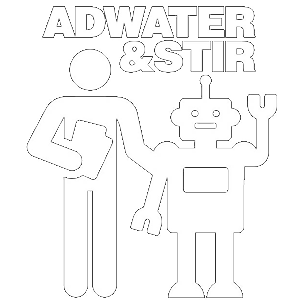The Music System from Processor Technology was a set of software and a simple S-100 card originally designed for the SOL-20 computer. The S-100 card was very simple, containing only three components - two capacitors and a resistor. The Music System could be used on other computers at the time including the original Altair. This simple hardware modification is included in the Altair-Duino kit, and the 1/8" audio jack you see on the rear panel is the output for the Music System. The 1/8" jack is a line-level output, intended to be plugged into an amplified speaker (not headphones).
Requirements
Terminal software (Putty is highly recommended.) Since you will be pasting a large amount of data, I would suggest you use terminal software on a computer.Here are the instructions for playing music on your Altair-Duino (this information is taken from David Hansel's original documentation, and includes links to Mike Douglas's website.)
To run the music system on the simulator, do the following:
- Enter the configuration monitor and set “throttle delay” to 12 (leaving it at automatic delay adds a weird
vibrato effect when playing music) - Make sure that 2SIO port 1 is mapped to your primary host interface
- Enable the “Serial input uppercase” option for the 2SIO port1
- Use a baud rate of no more than 9600 for your primary host interface (otherwise importing the HEX
data for music examples will not work properly) - Exit the configuration monitor
- Turn on switches SW0, SW2 and SW3, all others off
- Activate AUX1 down
- You should now see a “>” prompt in your terminal. This is the command prompt of the ACUTER monitor.
- Enter “EX 0” to initialize the music system itself.
- You should see “THE MUSIC SYSTEM (C) 1977 SOFTWARE TECHNOLOGY CORP”
- Enter “RET” to return to ACUTER (should see the “>” prompt)
Now we need to get some music into the system. Mike Douglas has collected a number of music examples for
the system. Follow this link to get them (look in the subdirectories). To get an example into the system, we use
the HGET command that Mike has added to ACUTER:
- Enter “HGET” in ACUTER
- You should see “Send/Rcv on port 0”
- Now click on one of the HEX files of music examples from the web site (e.g. SALLY.HEX) so it opens in
your web browser. It should show many lines looking like
:1008D3003430303130202F41495220574954482079 - Select all (likely CTRL-A) in your browser and copy it to the clipboard (CTRL-C)
- Now paste it into your terminal.
- The terminal should show many lines listing addresses and return to the “>” prompt when done.
- Now enter “EX 0” to go back to the music system (there will be no prompt after entering the system)
- Enter “FILE”, which causes the music system to scan memory for the imported music file
- Next, enter “SCORE”, which compiles the music
- Finally, enter “PLAY” to play the compiled music. You should hear the music in your speakers.
For a detailed description of the ACUTER and music system commands refer to their User manuals: ACUTER Music System. Here’s an example session (user input in bold italics, system output normal):
>EX 0
THE MUSIC SYSTEM (C) 1977 SOFTWARE TECHNOLOGY CORP. <77-05-19>
08D3 08D3
RET
>HGET
[paste contents of SALLY.HEX into terminal]
08D3
08E3
08F3
[…]
10E3
>EX 0
FILE
08D3 10F0
SCORE
10F1 17D1
PLAY
See more information in David Hansel's original documentation.

